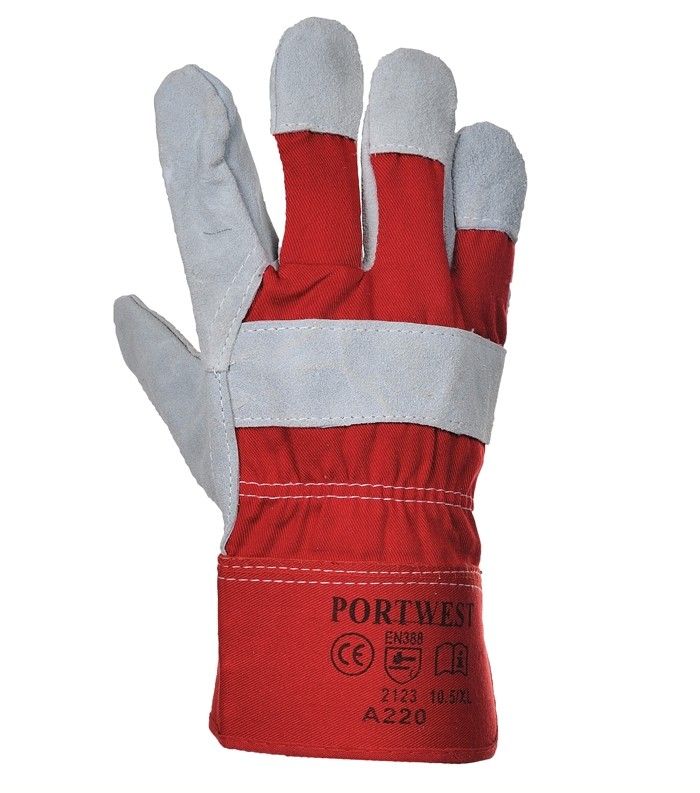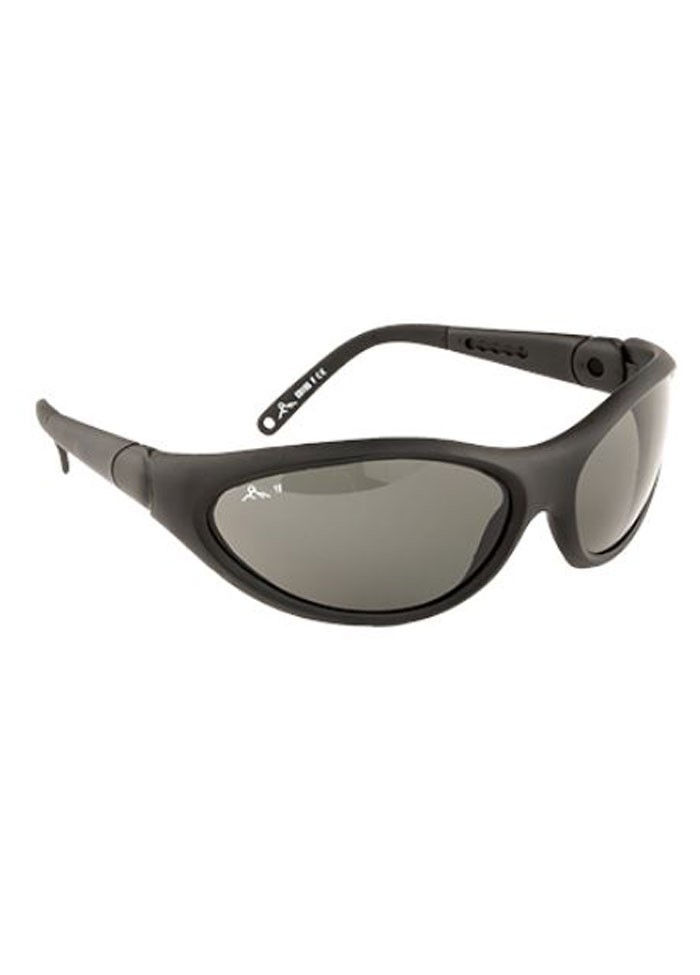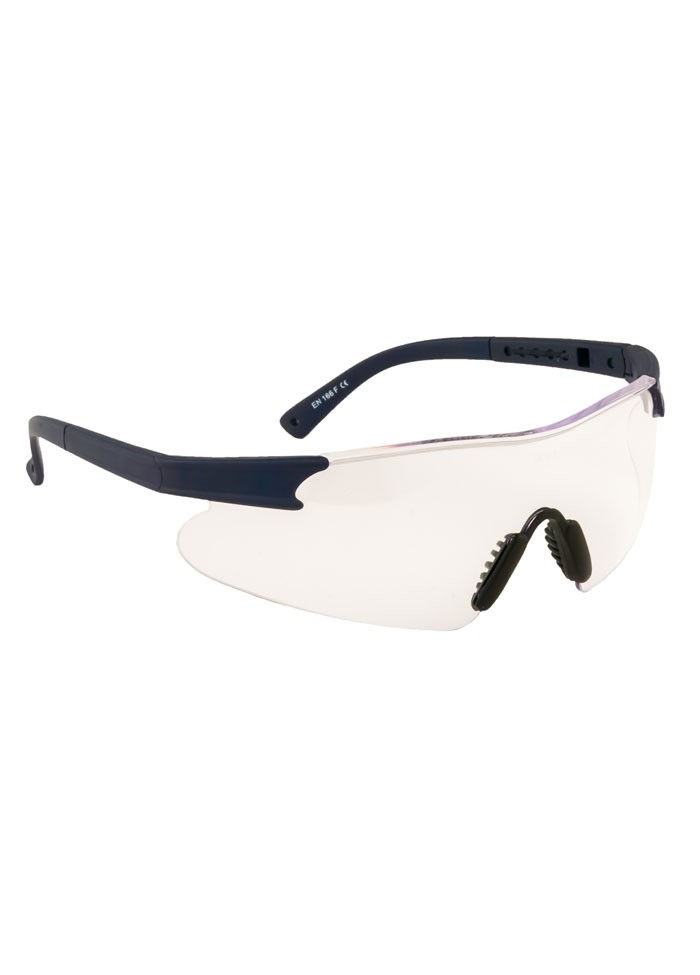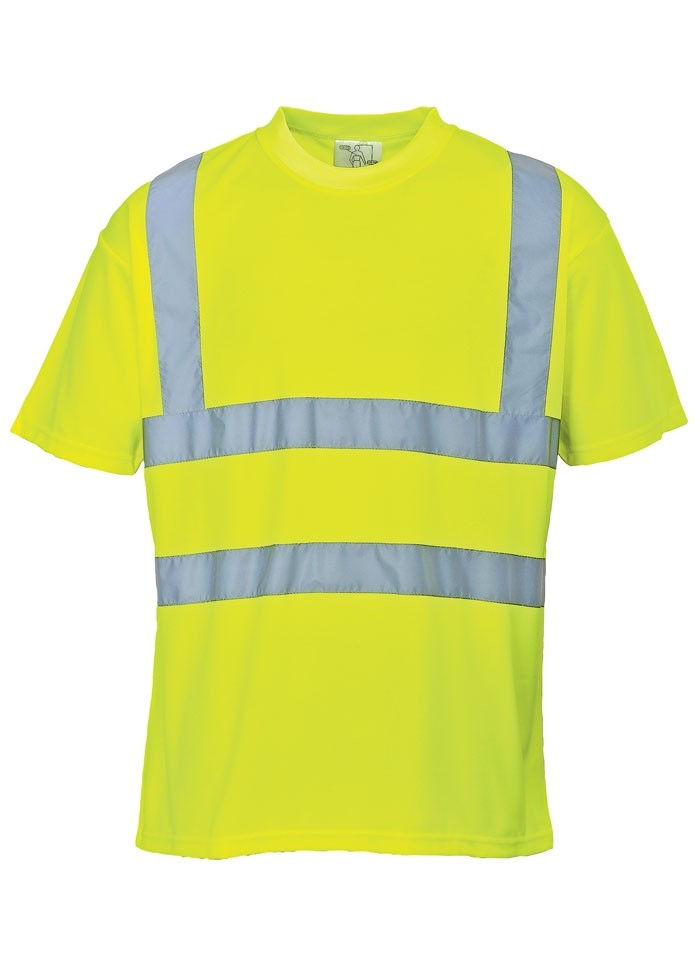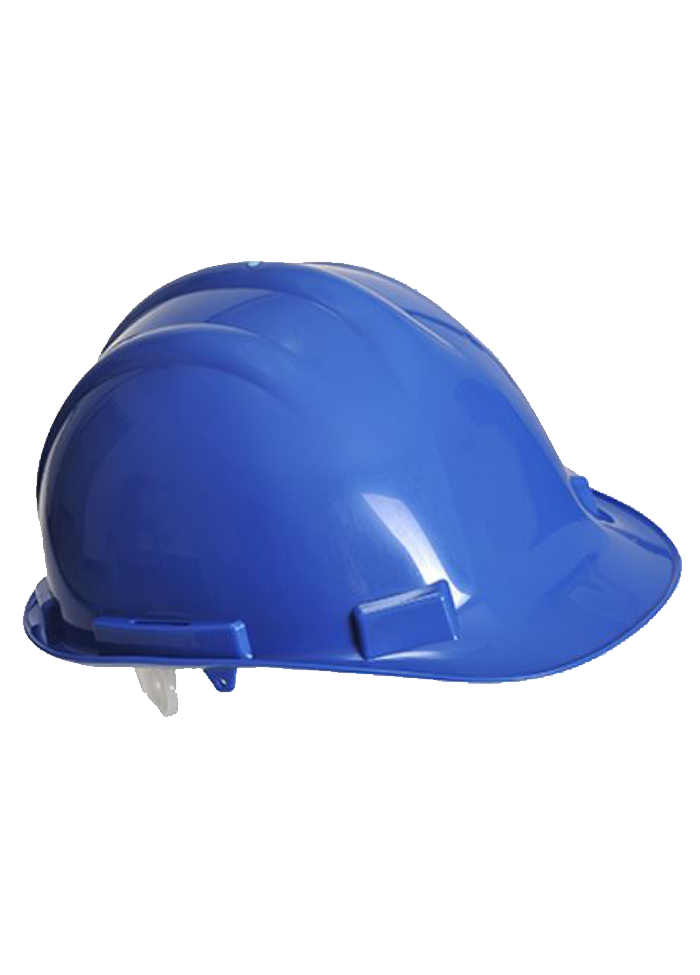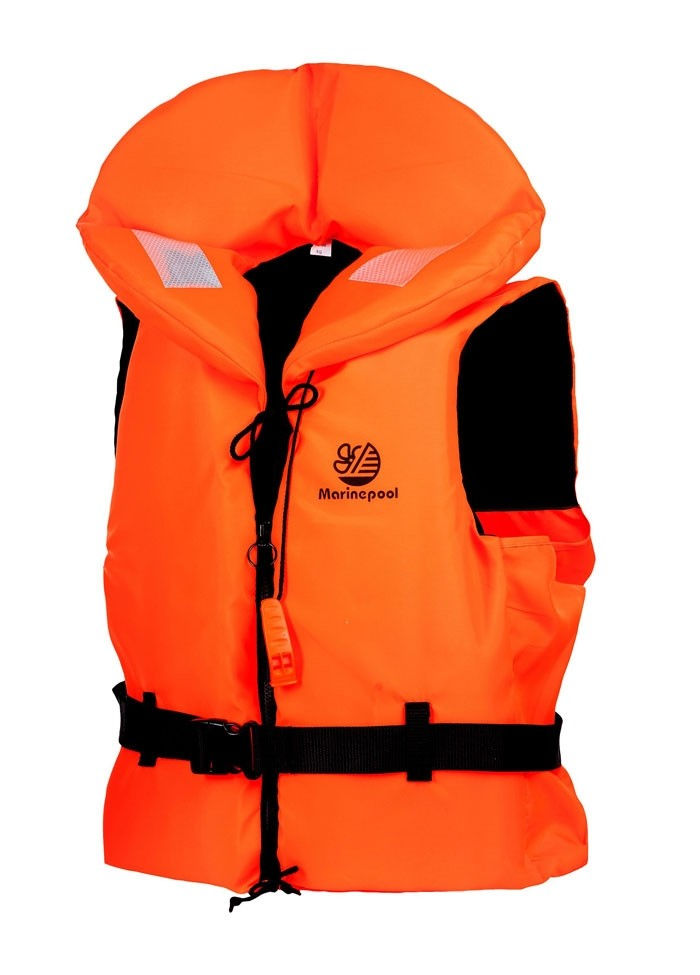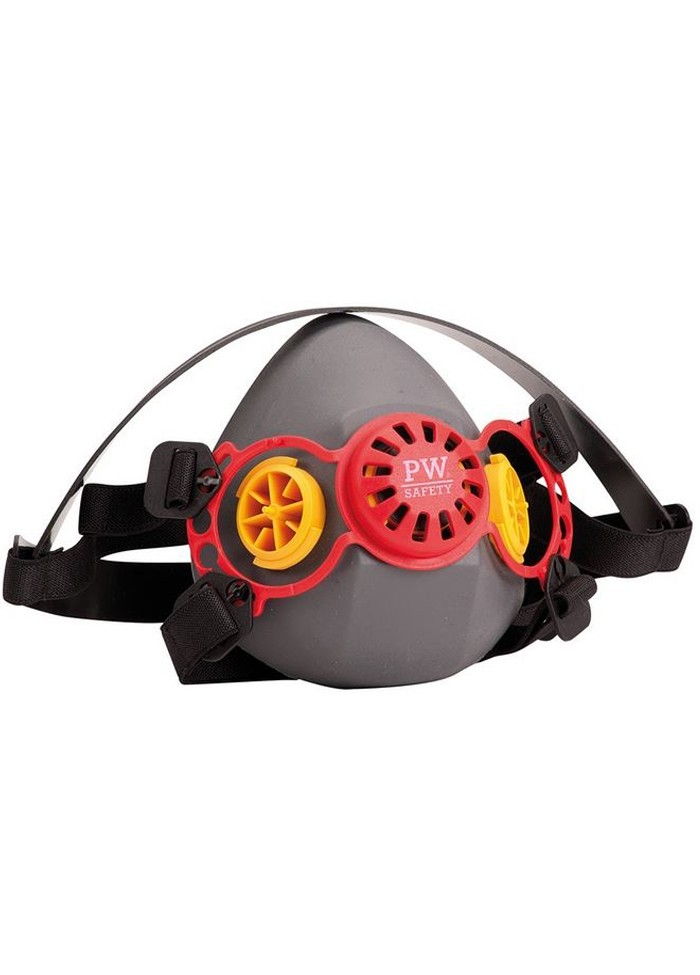PPE Regulations Buyers Should Know
The first PPE Directive was adopted over two decades ago in 1992 and later revised in 2002, meaning an update was long overdue.
On the 12th February 2016, the new regulation was adopted in order for industries to stay on top of burgeoning technologies designed to help keep employees safe in the workplace.
The directive was published twenty days later, and regulations were applied after a two-year transition period. But what are the new personal protective equipment regulations you need to know?
- Page Contents
- New Definitions of PPE
- Where it DOES NOT Apply
- Category 1 PPE
- Category 2 PPE
- Category 3 PPE
- Infographic
- Conclusion
In April 2018, the new regulations were put in place and applied to all personal protective equipment. As a result, The British Standards Institute (BSI), a national standards body in the UK, created a white paper called the PPE Directive and the PPE Regulation (PDF).
Some of these changes have moved certain equipment to different categories, allowing for a larger breadth of protection.
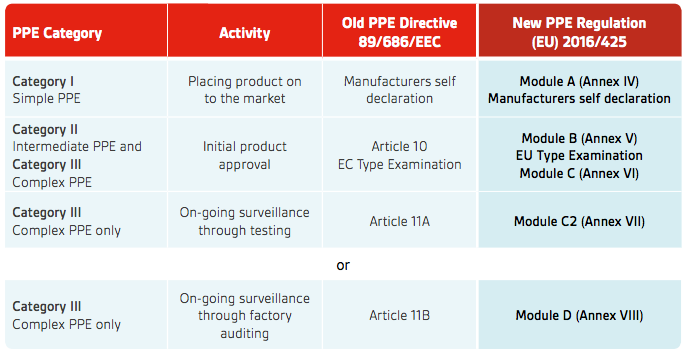
The definition of PPE is now as follows:
1. Equipment to Protect Against Risks to Health and Safety
Any equipment worn or held by a person to protect against one or more risks is considered PPE.
2. Equipment with Interchangeable Components
Interchangeable equipment is essential for a protective function (e.g. respiratory filters).
3. Equipment with Connexion Systems
Connexion systems is equipment that connects items but does not permanently fix them together.
In other words, equipment that is not held or worn by an individual, but designed to connect to an external device or an anchorage point.
It is not intended to be fixed permanently and does not require fastening before use.
The New Regulation DOES NOT Apply to PPE Designed for:
- Use by the armed forces or law enforcement.
- Self-defence – except for PPE for sporting activities.
- Use on seagoing vessels or aircrafts.
- Helmets and visors for drivers and passengers of motorcycles and mopeds.
- Private use against:
- Extreme atmospheric conditions
- Damp and water in dish washing
The regulation timeline outlined by the BSI:

There are now three categories designed to assess the severity of the risk. Category I is for Simple PPE; Category II is for intermediate risks; and Category III is for Complex or higher risk PPE.
Category I
Simple PPE – to protect users against minimal risk such as:
- Superficial mechanical injury
- Contact with water or weak cleaning materials
- Contact with hot surfaces (under 50°C)
- Damage to the eyes from sunlight exposure
- Non-extreme atmospheric conditions
Category II
Intermediate PPE – risks other than those listed in Category I and III, such as:
Category III
Complex PPE – risks that may cause serious, irreversible health damage or death such as:
- Dangerous chemical mixtures, which are hazardous to health
- Oxygen deficiency in certain atmospheres
- Harmful biological agents
- Ionising radiation
- High-temperature environments (at least 100 °C)
- Low-temperature environments (– 50 °C or less)
- Falling from height
- Electric shock
- Drowning
- Cuts by chainsaws
- High-pressure jets
- Bullet wounds or knife stabs
- Harmful noise
PPE Infographic:
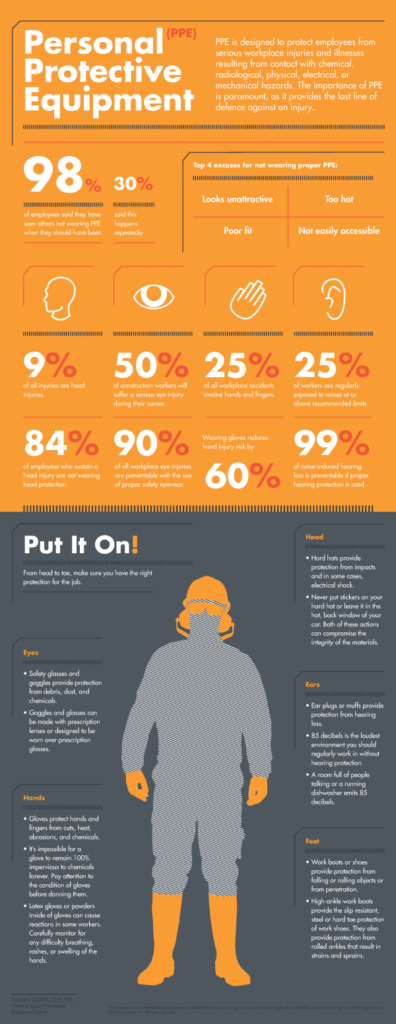
Conclusion
Some pieces of equipment have moved from Category II to Category III, such as hearing protection and life jackets.
Manufacturers are required to state their conformity to the new standards. For EU type examination certificates, a five-year certificate of validity is required.
Anyone who is part of the supply chain is responsible for making sure PPE regulations are followed (importers, distributors, or anyone in supply or distribution etc).
Manufacturers needed to have their products re-certified by 2019 in order to meet the PPE Regulations (EU) 2016/425 before they can sell their products.
For a complete list of the new changes, see the European Commission’s summary of harmonised standards for PPE.







